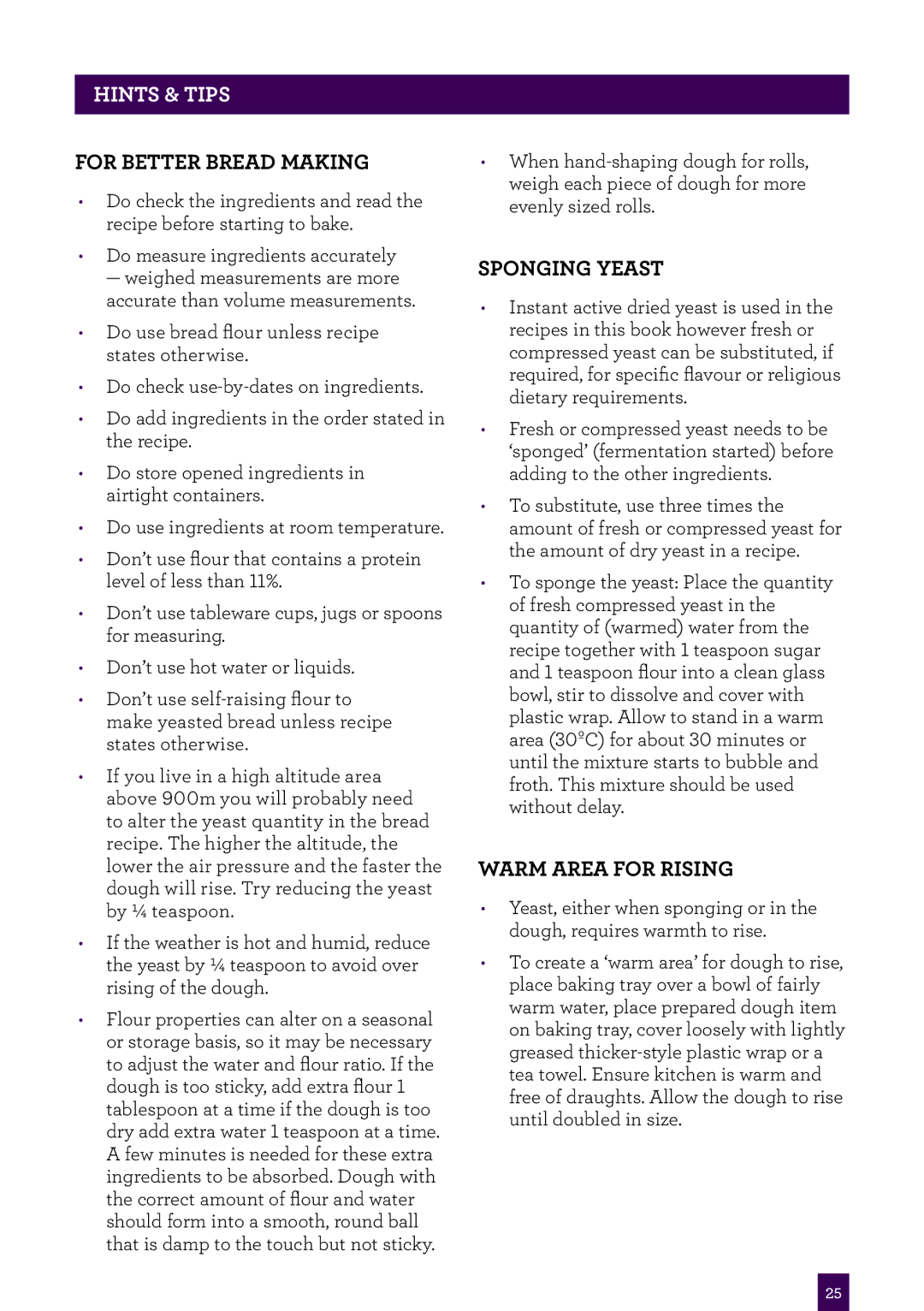BEM800 specifications
The Breville BEM800 is a high-quality stand mixer designed for both amateur and professional bakers alike. This versatile kitchen appliance combines powerful performance with sleek aesthetics, making it a valued addition to any culinary space. One of the standout features of the BEM800 is its robust mixing capability, powered by a strong motor that can handle tough doughs and batters with ease.The mixer features a planetary mixing action, which ensures that ingredients are mixed evenly and thoroughly. This technique involves the mixing bowl rotating in one direction while the beater rotates in the opposite direction, allowing for consistent mixing and eliminating the need to stop and scrape down the bowl frequently.
Another significant characteristic of the Breville BEM800 is its easy-to-use controls. The mixer is equipped with a variable speed selector, enabling users to adjust the mixing speed according to the task at hand. It offers up to 12 different speeds, providing precision whether you are whipping egg whites or kneading bread dough. Additionally, the mixer features an automatic sensor that monitors the load, adjusting the speed when necessary to ensure optimal performance.
The design of the BEM800 also prioritizes user convenience. Its large 5-quart stainless steel mixing bowl can handle substantial batches, making it ideal for larger families or baking enthusiasts. The bowl is equipped with a handle for easy lifting and pouring, further enhancing usability.
Moreover, the Breville BEM800 comes with a variety of attachments, including a flat beater, dough hook, and whisk, catering to various culinary tasks. The attachments are easy to switch out, allowing for quick transitions between tasks without hassle.
The mixer also boasts a tilt-head design, offering easy access to the bowl and attachments. This feature simplifies the process of adding ingredients and removing the bowl for serving or cleaning.
With its combination of powerful performance, user-friendly features, and stylish design, the Breville BEM800 stand mixer is an excellent investment for anyone who enjoys baking and cooking. Whether making simple mixtures or complex bakery items, this mixer delivers consistent results, making every baking endeavor enjoyable and successful. For those who appreciate both form and function in their kitchen appliances, the Breville BEM800 stands out as a top choice.

